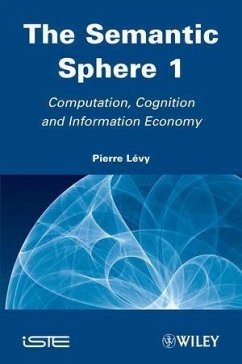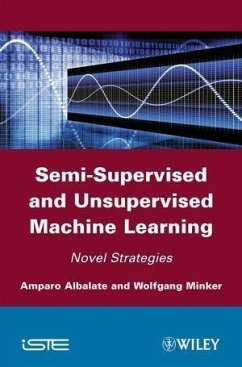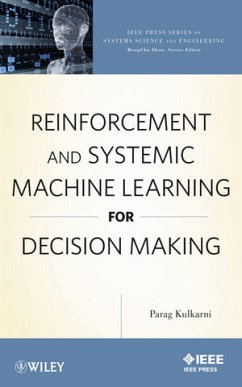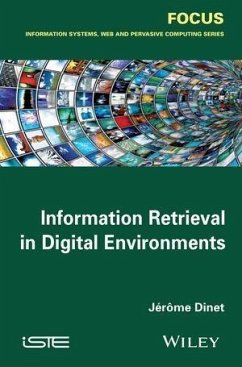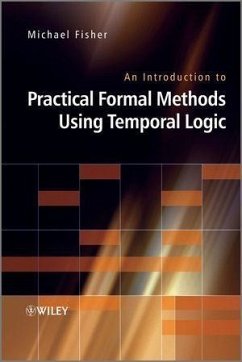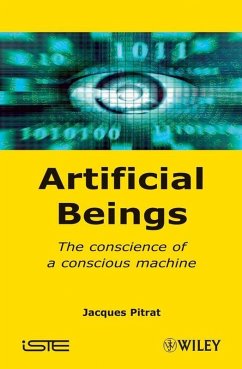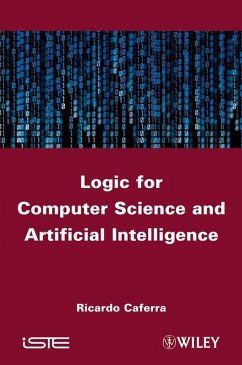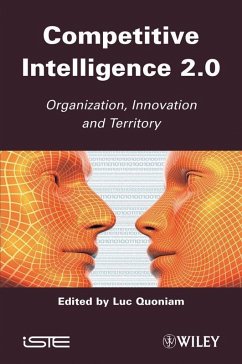
Unsupervised Learning (eBook, ePUB)
A Dynamic Approach
Versandkostenfrei!
Sofort per Download lieferbar
113,99 €
inkl. MwSt.
Weitere Ausgaben:

PAYBACK Punkte
0 °P sammeln!
A new approach to unsupervised learning Evolving technologies have brought about an explosion of information in recent years, but the question of how such information might be effectively harvested, archived, and analyzed remains a monumental challenge--for the processing of such information is often fraught with the need for conceptual interpretation: a relatively simple task for humans, yet an arduous one for computers. Inspired by the relative success of existing popular research on self-organizing neural networks for data clustering and feature extraction, Unsupervised Learning: A Dynamic ...
A new approach to unsupervised learning Evolving technologies have brought about an explosion of information in recent years, but the question of how such information might be effectively harvested, archived, and analyzed remains a monumental challenge--for the processing of such information is often fraught with the need for conceptual interpretation: a relatively simple task for humans, yet an arduous one for computers. Inspired by the relative success of existing popular research on self-organizing neural networks for data clustering and feature extraction, Unsupervised Learning: A Dynamic Approach presents information within the family of generative, self-organizing maps, such as the self-organizing tree map (SOTM) and the more advanced self-organizing hierarchical variance map (SOHVM). It covers a series of pertinent, real-world applications with regard to the processing of multimedia data--from its role in generic image processing techniques, such as the automated modeling and removal of impulse noise in digital images, to problems in digital asset management and its various roles in feature extraction, visual enhancement, segmentation, and analysis of microbiological image data. Self-organization concepts and applications discussed include: * Distance metrics for unsupervised clustering * Synaptic self-amplification and competition * Image retrieval * Impulse noise removal * Microbiological image analysis Unsupervised Learning: A Dynamic Approach introduces a new family of unsupervised algorithms that have a basis in self-organization, making it an invaluable resource for researchers, engineers, and scientists who want to create systems that effectively model oppressive volumes of data with little or no user intervention.
Dieser Download kann aus rechtlichen Gründen nur mit Rechnungsadresse in A, B, BG, CY, CZ, D, DK, EW, E, FIN, F, GR, HR, H, IRL, I, LT, L, LR, M, NL, PL, P, R, S, SLO, SK ausgeliefert werden.



